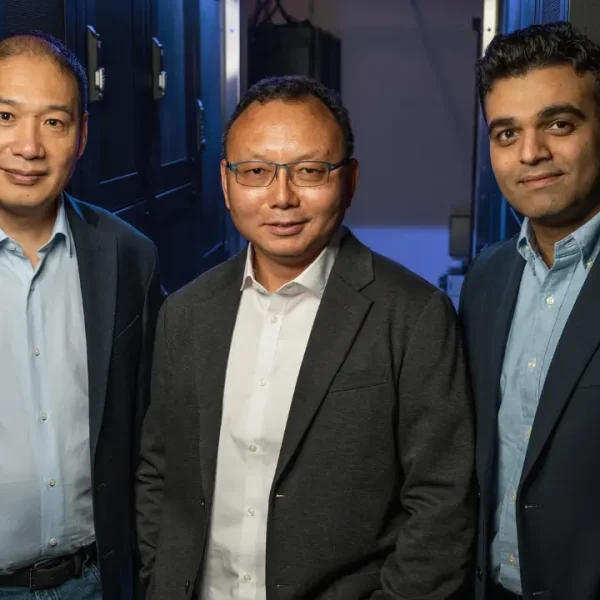Enterprise leaders are pouring billions into generative AI pilots but most of those investments are quietly going nowhere.
Based on insights from MIT’s “State of AI in Business 2025” report, and as covered by Forbes (Jaime Catmull), a staggering 95% of generative AI pilots are delivering zero return on investment. The study examined more than 300 public deployments, alongside 150 executive interviews, and tracked $30–$40 billion of investments, much of which, it turns out, has gone into projects that stall before they scale.
MIT researchers describe this growing problem as the “GenAI Divide”: the gap between companies that experiment with AI and those that successfully integrate it into everyday workflows. While nearly 40% of organizations say they’ve deployed AI tools, only 5% have truly embedded them into their processes in a way that drives value.
Why So Many Pilots Fail
On the surface, AI’s technical capabilities are dazzling. But the reality inside large organizations is less glamorous: employees often spend as much time verifying outputs as they do using them. Tanmai Gopal, co-founder and CEO of PromptQL, calls this the “verification tax.”
“If the system isn’t consistently accurate, every mistake forces employees to double-check results,” Gopal explained in his blog- Being ‘Confidently Wrong’ Is Holding AI Back. “Those extra minutes turn into hours, and the ROI evaporates.”
This is particularly problematic in regulated industries like finance, healthcare, aerospace, where one high-confidence error can cause more harm than dozens of correct answers can offset. In short, the problem isn’t AI’s horsepower, but its overconfidence without accountability.
The Learning Gap
MIT researchers point to another issue: most enterprise AI tools don’t learn from corrections. Without feedback loops, the systems never improve, meaning they remain stuck in “pilot purgatory.”
Gopal echoes this. If an AI system can’t explain whether it’s wrong because of ambiguity, missing context, outdated data, or a modeling error, users lose trust. Without trust, there’s no incentive for employees to invest their time in making the system successful.
What the 5% Are Doing Right
Companies like PromptQL are showing a different path forward, one MIT suggests could bridge the GenAI divide. Instead of prioritizing perfect answers, these firms focus on honest uncertainty. PromptQL’s platform does four things differently:
- Quantifies uncertainty- every answer comes with a confidence score.
- Flags context gaps- highlighting why a response might be unreliable.
- Builds a feedback loop- abstaining when unsure and learning from user corrections.
- Integrates directly into workflows- so employees see flags and corrections in real-time, inside the tools they already use.
This creates what Gopal calls the “accuracy flywheel”: a cycle where every abstention or correction makes the system smarter. Instead of being “confidently wrong,” the AI aims to be “tentatively right.”
This humility-first approach is gaining traction where most AI experiments fail: with Fortune 500 companies, government agencies, and regulated industries. While the majority of pilots stall out, PromptQL and a handful of others are signing seven- and eight-figure contracts.
Some investors have begun warning of an AI bubble, pointing to the wave of stalled pilots as evidence. But focusing on the 95% that fail overlooks the 5% that are quietly proving the model works. Anthropic, for example, has also invested heavily in research to make AI outputs more reliable and transparent, another signal that the industry is shifting toward uncertainty-aware systems.
The real story, then, isn’t that AI is doomed. It’s that companies who demand systems that can admit uncertainty, learn from corrections, and embed into workflows are already seeing returns.
In other words: the bubble may burst, but not for the reasons most expect. The future of enterprise AI belongs to the companies building tools that say “I don’t know” and get smarter because of it.












